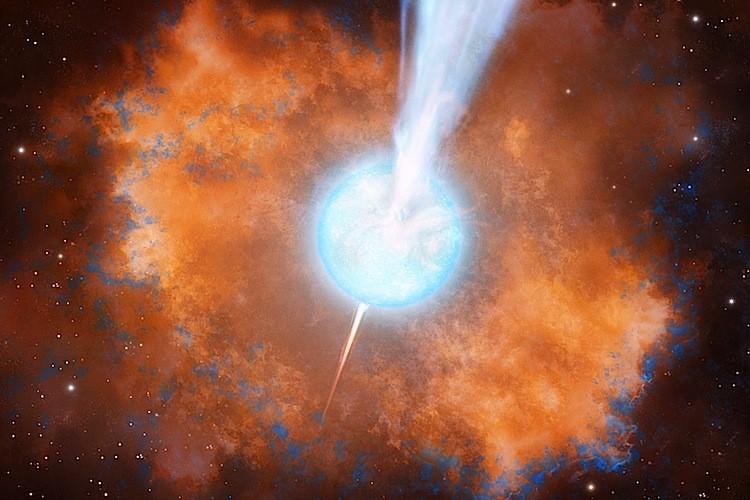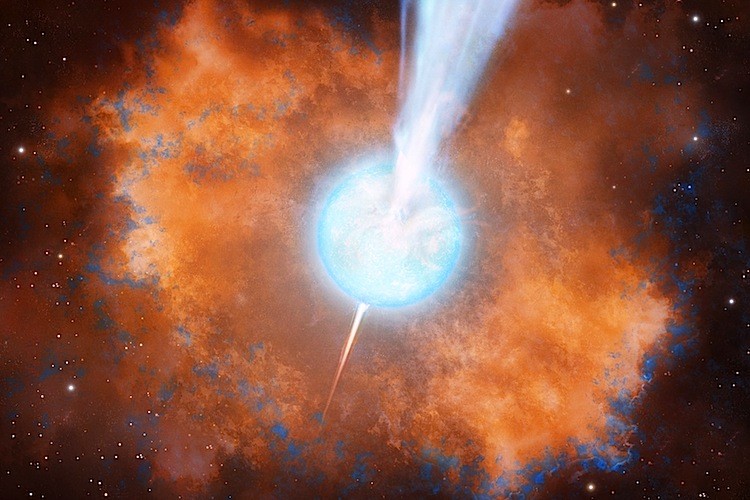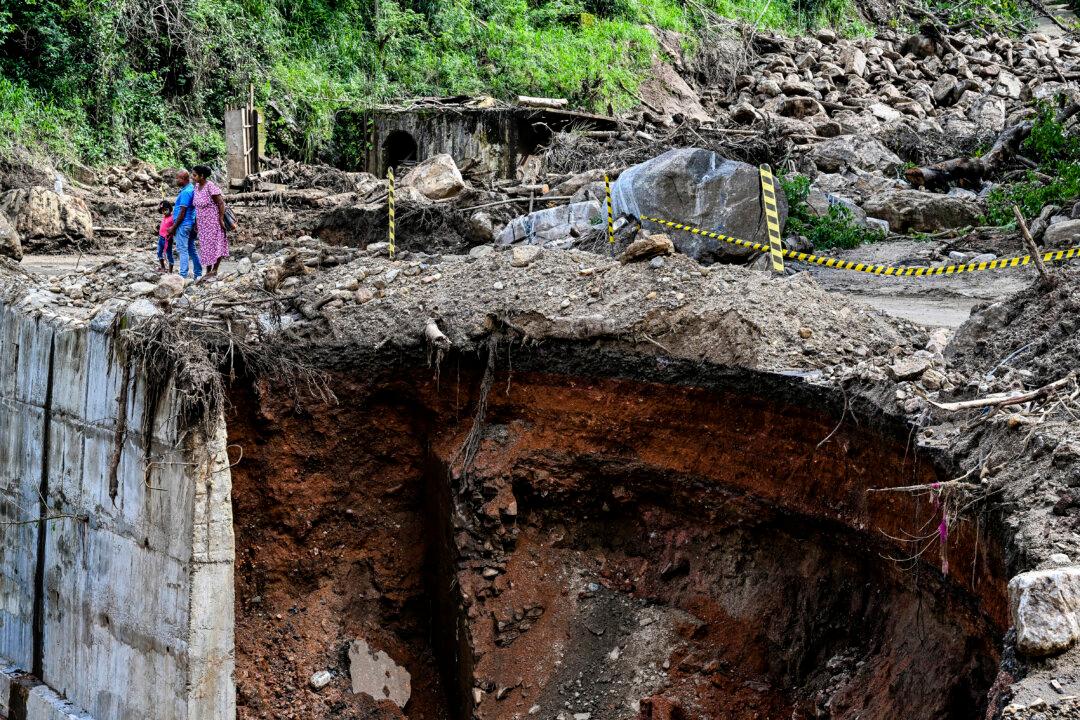Dark Energy’s Nature Can Be Elucidated by Gamma Ray Bursts
Measurements of remote gamma ray emissions from the most distant massive explosions in the universe are the basis of a method being used to better understand dark energy, the invisible force behind the universe’s accelerating expansion.
|Updated:






